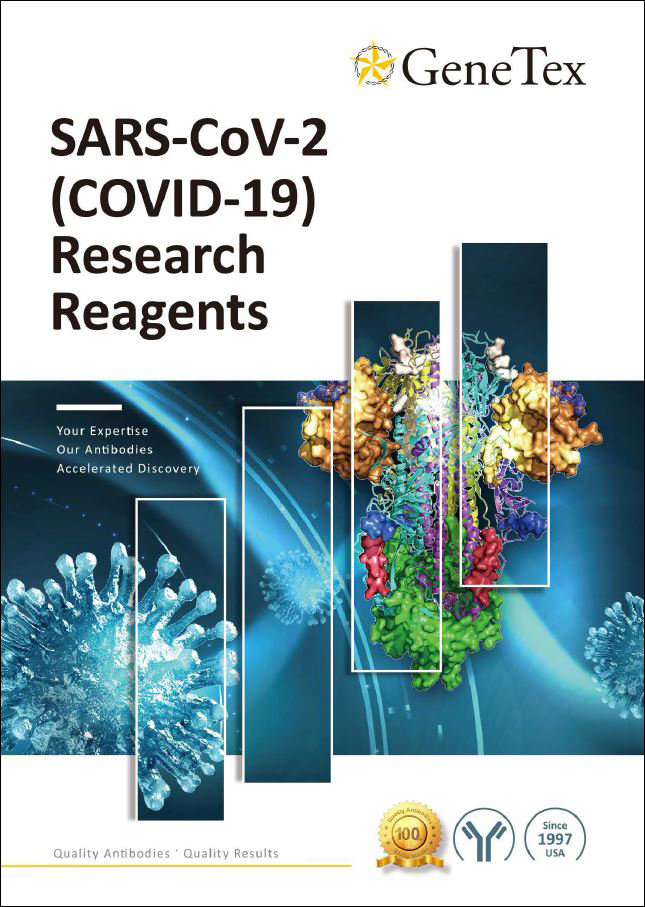
More than 580 SARS-CoV-2 products in our shop
We offer an extensive range of research reagents to support the SARS-CoV-2 studies. Please see below the products for SARS-CoV-2 research, from antibodies to proteins and additional reagents like viral transport medium or ELISA kit to measure cytokine storm. For the detection of SARS-CoV-2, we have ELISA and PCR kits as well as an antibody rapid test.
SARS-CoV-2 Specific Reagents
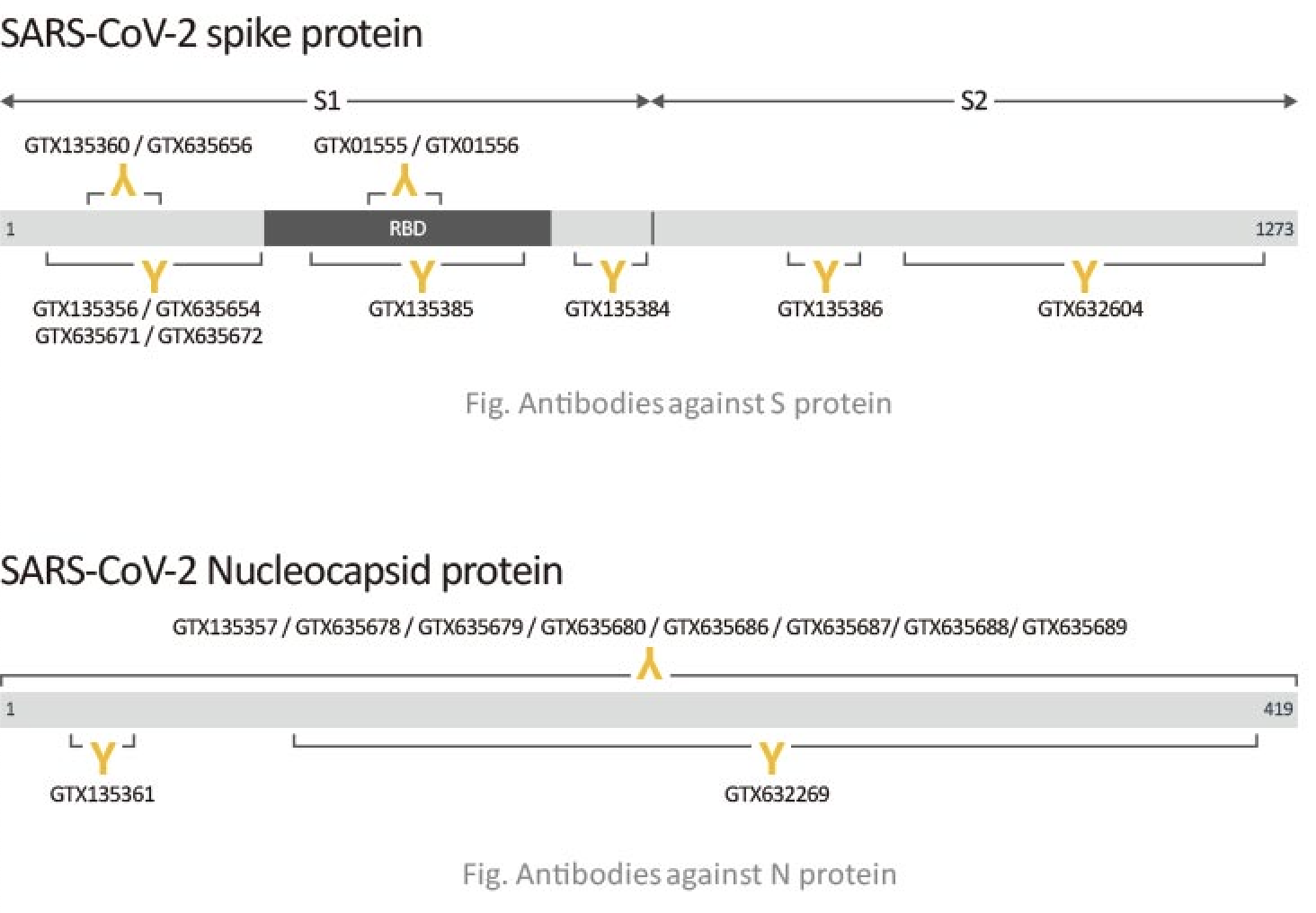
Monoclonal Antibodies
|
|
Monoclonal Conjugated Antibodies |
Polyclonal Antibodies |
Recombinant Antibodies |
|
| Spike Nucleocapsid ACE2 TMPRSS2 |
Spike |
Clon CR3022 Spike Nucleocapsid Protein conjugated |
|
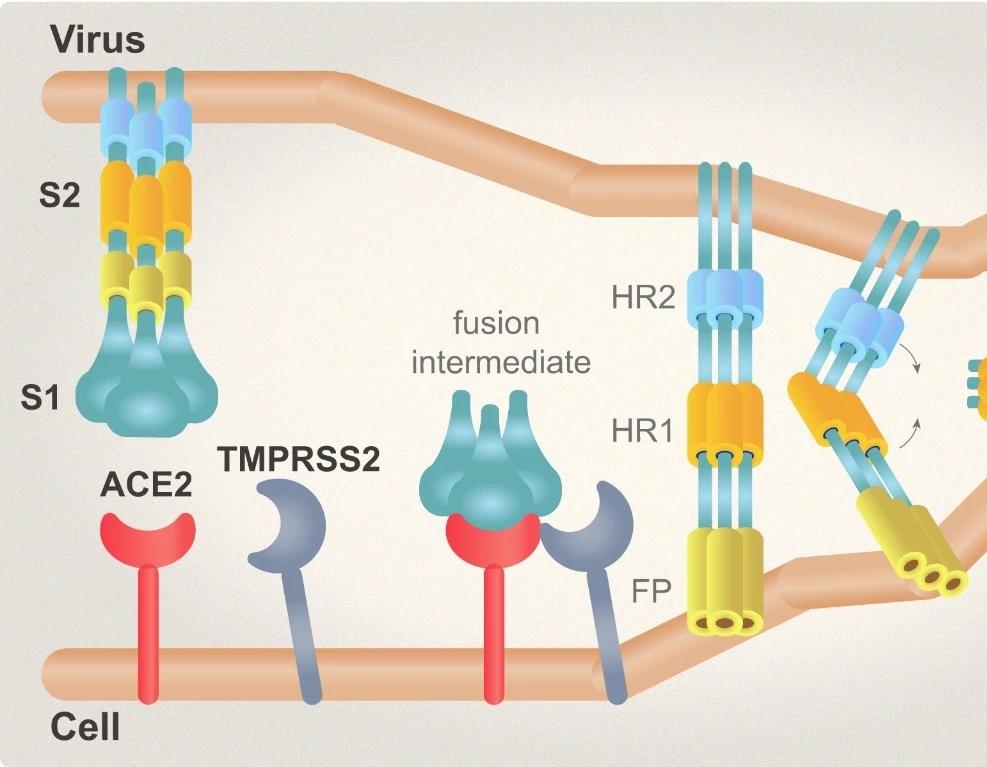
Recombinant Proteins
Proteins
- Spike
- Nucleocapsid
- Envelope is a single-pass type III membrane protein involved in viral assembly, budding, and pathogenesis.
- Membrane
- The virally encoded 3C-like Proteinase has been presumed critical for the viral replication of SARS-CoV in infected host cells.
- ACE2
- APN
- Other SARS CoV-2 Proteins
- New variants: UK, South Africa, Brazil
FFPE Cell Pellet Block
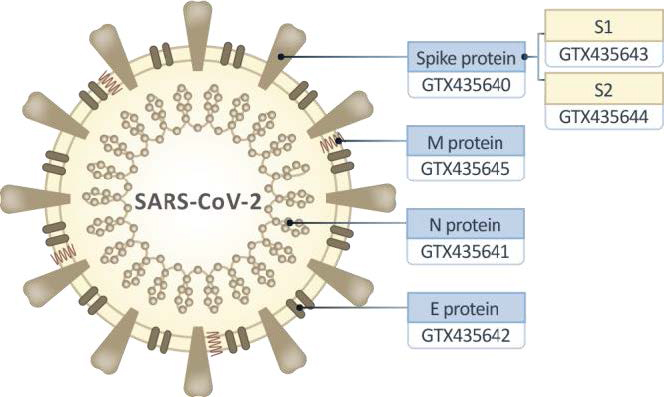
Cell pellet consists of 293T cells overexpressing different SARS-CoV-2 proteins:
CELL LYSATES
Whole-cell lysate of 293T cells overexpressing different SARS-CoV-2 proteins:
SARS-CoV-2 Pseudoviral Particles
These SARS-COV-2 pseudoviral particles works perfectly for Luc pseudovirus to get robust signal for screening potential inhibitors to block SARS-CoV-2 entry and viral protein translation with spike protein of SARS-CoV-2; and for measuring the activity of and screening for neutralizing antibody against SARS-CoV-2. Experiments can be performed in a BSL-2 laboratory.
SARS-CoV-2 Receptors
It is well known, that the entry is mediated by the binding of the spike proteins to ACE2 and that the proteins are primed by TMPRSS2. However, COVID-19 infections can also lead to neurological squeals. The cellular receptor Neuropilin-1, which binds furin–cleaved substrates could play a potential in central nervous system infection. Here you can find Neuropilin-1 antibodies and proteins for your research.
Detection Kits
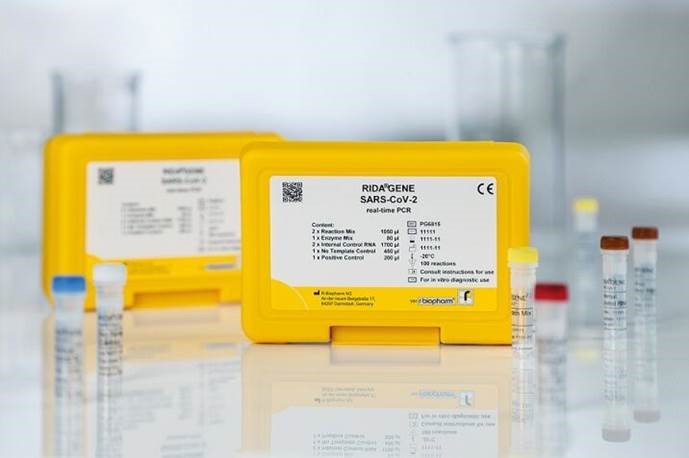
- RT-PCR detection kits for SARS-CoV-2
- ELISA SARS-CoV-2 detection kits
- Antibody Rapid Test
- Virus Sampling Tube & Nasopharyngeal Swab
- Antigen Rapid Test
SARS-CoV-2 Additional reagents
Mannose-binding lectins interfere with the coronavirus entry process by binding to the high-mannose type N-glycans of SARS-CoV via the S protein, preventing viral attachment to the host cell.
It is formulated using the final ingredient concentrations outlined in CDC's SOP#: DSR-052-01 “Preparation of viral transport medium”. Isotonic solution at neutral pH containing protective proteins, antibiotic to prevent microbial growth, and anti-mycotic to prevent contamination by yeast and fungi.

For the quantitative determination of human ACE2 concentrations in serum, plasma, cell culture supernates and other biological fluids.
Accumulating research evidence indicates that many patients with severe COVID-19 might have a cytokine storm syndrome.
In vitro experiments using cell lines for drug screening can greatly improve the speed of screening anti-SARS-CoV-2 drugs.
Inhibits influenza virus replication in human tracheal epithelial cells. Reduces infection of Calu-3 lung cells by SARS-CoV-2 via inhibition of the serine proteaseTMPRSS2 required for viral spike protein priming.
Viral Nucleic Acid Extraction Kit
For in vitro diagnostic use. RIDA® Xtract is a spin-filter based extraction kit for the simultaneous isolation and purification of high quality bacterial and viral DNA as well as viral RNA from human serum, plasma specimen, cerebral fluid, cell culture supernatant, other cell free body fluids (e.g. urine), swabs, tissue biopsies and stool specimen.
Proteinase K is a kind of high activity Proteinase of subtilisin, which is used to degrade proteins in biological samples. It is used to digest RNA before the extraction.
Vectastain ABC reagents were recently used to visualize detectable virus in several organs of an infected animal host and ACE2/TMPRSS2 in ocular surface cells. [Kim, Y. et al. Infection and Rapid Transmission of SARS-CoV-2 in Ferrets. Cell Host & Microbe (2020) and Zhou, L. et al. ACE2 and TMPRSS2 are expressed on the human ocular surface, suggesting susceptibility to SARS-CoV-2 infection. The Ocular Surface (2020)]
Picture from Zhou et al. Expression and localization of TMPRSS2 in conjunctiva in post-mortem globe.
Conjunctiva from three separate globes are depicted (A-B, C-D). Staining was performed with
VECTASTAIN ABC kit.
Vectashield antifade mounting media
To investigate infection routes of the coronaviruses VECTASHIELD antifade mounting media were used to maximize signal retention for imaging and data evaluation. This approach relies primarily on immunofluorescent visualization. Studies by Zhou, J. et al. Human intestinal tract serves as an alternative infection route for Middle East respiratory syndrome coronavirus. Science Advances (2017) and more recently Lamers, M. M. et al. SARS-CoV-2 productively infects human gut enterocytes. Science (2020) and Monteil, V. et al. Inhibition of SARS-CoV-2 Infections in Engineered Human Tissues Using Clinical-Grade Soluble Human ACE2. Cell (2020) utilized human organoids to show both Middle East respiratory syndrome (MERS) coronavirus and SARS-CoV-2 infect gut and kidney cells.
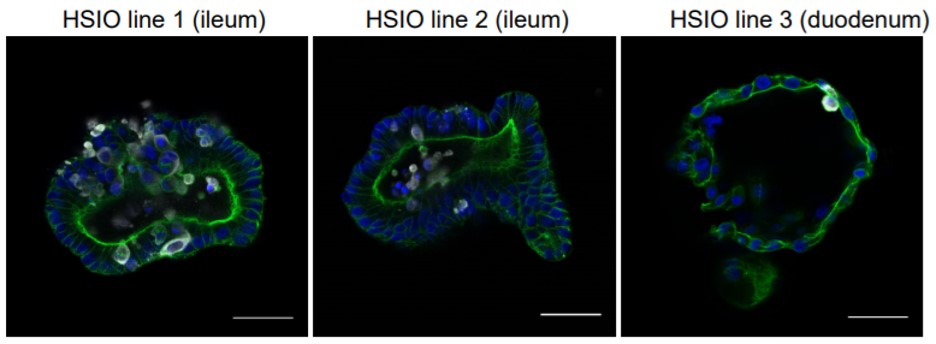
Picture from Lamers et al. Immunofluorescent staining of SARS-CoV-2 infected intestinal organoids.
Staining retained with VECTASHIELD antifade mounting medium.

 Deutsch
Deutsch
